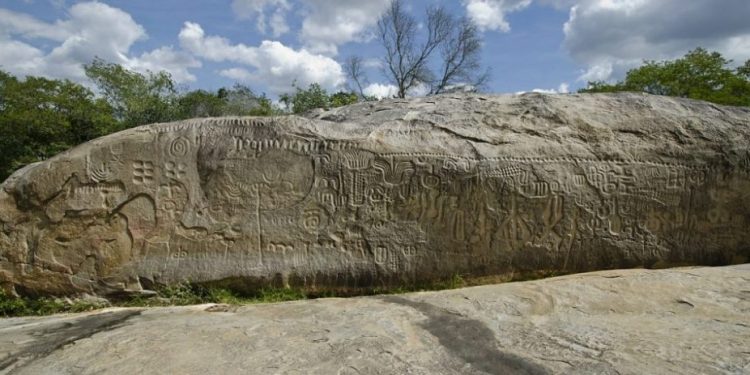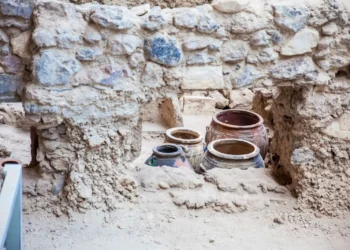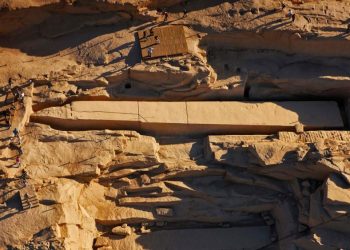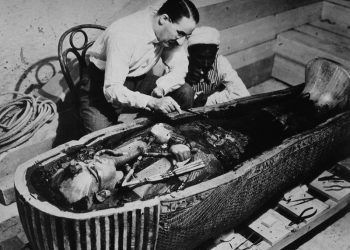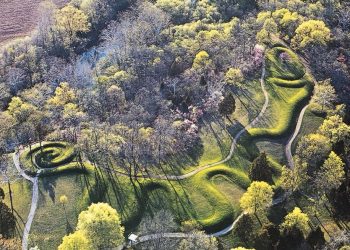Deep in the Brazilian state of Paraiba, there is a strange massive monument called the Inga or Pedra do Inga stone. Covered in hundreds of obscure symbols, many of which unexplained to this day, it is a truly magnificent piece of ancient history.
Most people have not heard of it, in fact, I myself had only seen it in pictures once or twice without digging into it. And yet, it is one of the most magnificent ancient monuments I can think of now that I am more familiar with its story. So, if this is your first time hearing about it, I guarantee that after the following lines, you will add it to your bucket list of places to visit in the future.
Pedra do Inga Facts
1. First thing to mention is the massive size of Pedra do Inga – about 24 meters in length and nearly 4 meters in height.
2. Among the glyphs, you will find animals, fruits, humanoids but scientists pay special attention to a clear image of the starry sky.
3. It may surprise you that while in most cases experts successfully date ancient monuments, for now, Pedra do Inga has not been dated. Nevertheless, scholars believe that the stone must be at least 6,000 years old.
4. The engravings we see on the stone, more than 400 in total, depict moments from the tribe’s way of life, as well as many abstract symbols that remain in question.
5. Not only can it not be dated yet but scientists have also failed to decipher it. The most peculiar fact is that there are Egyptian and Sumerian symbols, as well as symbols only seen on Easter Island. How could this be possible?
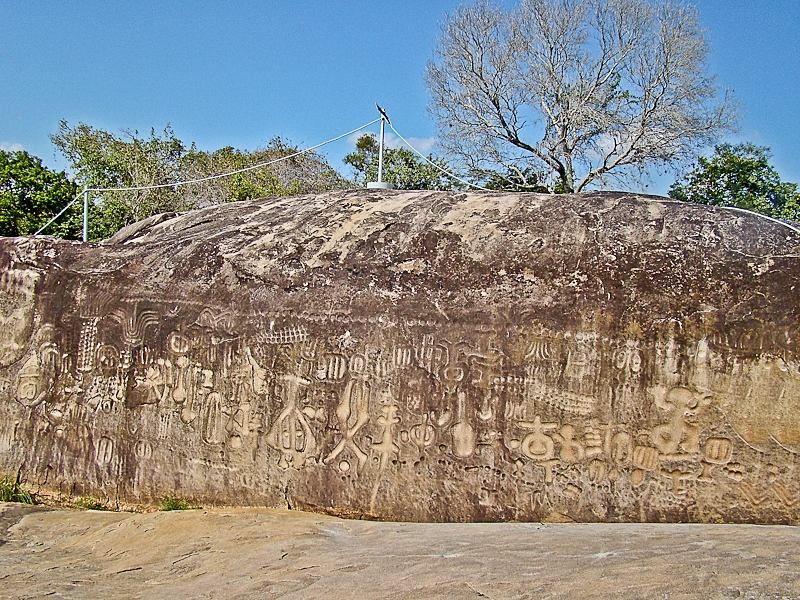
6. After the initial studies on the monument in 1976, Spanish engineer Francisco Pavia Alemani identified symbols that appeared to form a “solar calendar”.
7. Further studies on the petroglyphs suggested that many symbols were actually stars forming constellations. Once again, as with countless other ancient monuments and artifacts, we understand how significant the sky was for the ancients.
8. The various cosmic symbols have made experts believe that Pedra do Inga may be one of the most significant archaeoastronomical monuments in the world.
9. Among the constellations engraved in the stone are Orion and Cygnus, while experts believe that the Milky Way is also depicted.
10. Other engravings suggest an impending global catastrophe, methods of opening mental doors and traveling to multidimensional worlds, and even mathematical formulas and equations.
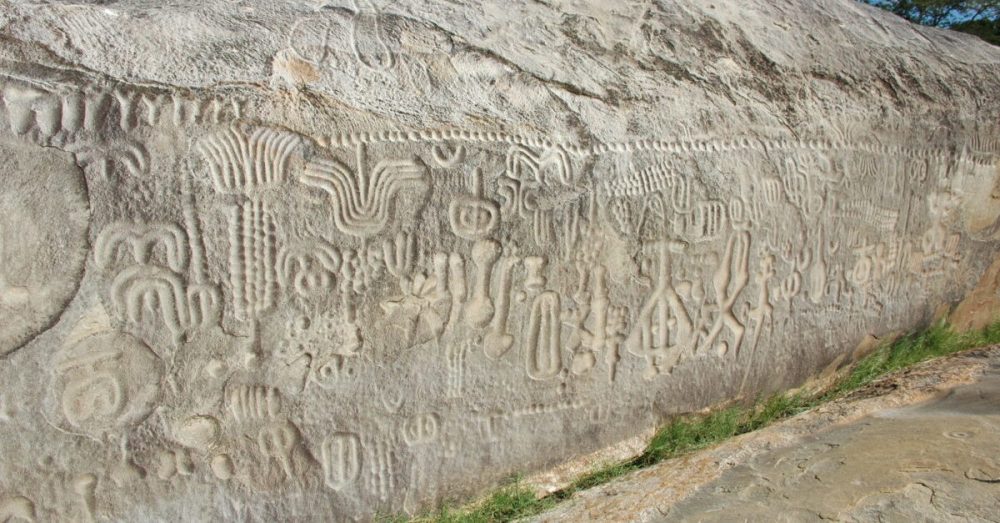
Simply said, Pedra do Inga is a mystery. As I mentioned above, the stone itself is over 6,000 years old. However, nothing is known about the drawings themselves. There are theories that they were made by local tribes who inhabited the area until the 18th century.
However, this does not answer the question of whether they are from 300 years ago or from 2000 years ago. And considering that there are drawings of Egyptian and Sumerian hieroglyphs and symbols that should not be familiar to South American tribes, simply how is it possible?
The saddest thing is that at this point Pedra Do Inga is left without protection, which means that at any moment it could be destroyed by people with bad intentions. This needs to change so that this unique monument can be preserved in the future.
It is obvious that Pedra Do Inga hides countless secrets and previous attempts to understand it have failed. Maybe one day we will have the knowledge needed to reveal these secrets, but until then it is imperative to protect this ancient monument.
Join the discussion and participate in awesome giveaways in our mobile Telegram group. Join Curiosmos on Telegram Today. t.me/Curiosmos
Sources:
• Brasil, V. (n.d.). Archaeological site of the Inga Stone: Visit Brasil.
• Catoira, T., & Netto, C. X. (n.d.). Itacoatiaras do Ingá: As diferentes ‘escritas’ no imaginário da pedra das águas.
• Leite, S. (n.d.). Pedra do Ingá: Arte brasileira com muito mais de 500 anos.
• Wikipedia. (2020, December 10). Ingá Stone.



